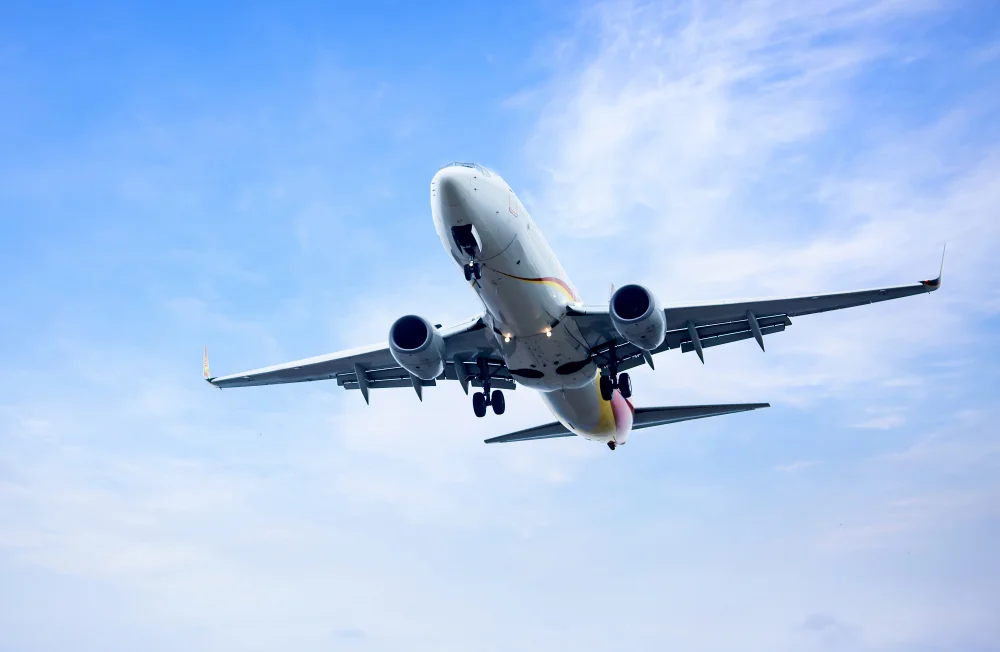Is It Possible for an Airplane to Fly Backward?
“Can a plane fly backward?”
That was the question my 8-year-old nephew threw at me as we watched a Boeing 747 take off from Heathrow. At first, I chuckled. Then I paused. It wasn’t as silly as it sounded.
As someone who’s spent the better part of a decade writing about aerospace tech and aviation trends, I’ve heard my share of odd questions. But this one—simple, curious, and deceptively insightful—stuck with me. So I went digging for answers.
And what I found might just surprise you.
Understanding How Airplanes Fly (and Why They Don’t Go Backward)
Before we can answer whether airplanes can fly in reverse, let’s cover the fundamentals of flight.
Planes fly forward thanks to thrust, generated by engines, and lift, produced by the wings. The thrust pushes the aircraft forward fast enough that air moves over the wings to generate lift and keep it airborne.
But what about going backward?
Why Conventional Flight Doesn’t Support Reverse Movement
Most commercial airplanes are not built to fly in reverse because:
- Aerodynamics: Wings are designed to generate lift in one direction. Reversing airflow would disrupt that entirely.
- Engines: Jet engines are optimised to push air backwards to move the aircraft forward. Running them in reverse is not only inefficient but structurally problematic.
- Control Surfaces: Rudders, ailerons, and elevators are shaped for forward motion. In reverse, they’d become unpredictable, making the aircraft unstable.
In short: airplanes are engineered to go forward. Full stop.
But Can They Technically Move Backward?
Yes—but only in very specific scenarios.
1. Reverse Thrust on the Ground
After landing, some jets deploy reverse thrust to slow down.
“Reverse thrust is achieved by redirecting the engine’s output forward, but only works on the ground,” explains Captain Simon Black, a retired British Airways pilot.
This isn’t flying in reverse—it’s controlled deceleration. But technically, if reverse thrust is powerful enough, it can make the plane roll backwards.
But can it lift off like that? Not a chance.
2. VTOL Aircraft and Helicopters
Vertical Take-Off and Landing (VTOL) aircraft and helicopters have a different story.
Helicopters, for instance, can absolutely fly backward. Their rotors create lift vertically, and tilting the rotor allows motion in any direction—including reverse.
Real-World Example: The Harrier Jet
The British Harrier Jump Jet can hover, take off vertically, and even fly backward in a hover mode.
“We trained extensively in reverse hover positioning,” notes Wing Commander (Ret.) Alan Weston of the RAF. “But it’s situational—used in tactical retreats, not standard flight.”
So yes, aircraft can fly backward—just not your average Airbus.
The Rare Exceptions: Experimental and Military Aircraft
X-Plane Program
NASA’s X-29 had forward-swept wings, which were radical for their time. While it never flew backward, its control systems allowed it to maintain flight in ways conventional planes couldn’t.
Other experimental designs explored reverse-thrust in the air, but most faced overwhelming aerodynamic instability.
Drones and UAVs
Some modern drones with vectored thrust or tiltable rotors can hover and reverse mid-air. Again—this is a different league from conventional flight.
So, Why Do Planes Appear to Fly Backward Sometimes?
Ever seen a plane seemingly “frozen” or drifting backward in the sky? That’s an illusion.
Wind and Perception
If a strong headwind exceeds the aircraft’s ground speed, it may appear to hang in the air or even move backward from a ground perspective.
But relative to the air around it, the plane is still flying forward.
Could We Ever Build a Plane That Flies Backward?
Technically, yes—but not without major innovation.
You’d need:
- Symmetrical airfoils that work in both directions
- Thrust-vectoring engines (like those used in fighter jets)
- Advanced flight control systems to maintain stability
But here’s the catch: Why would we?
Aircraft are designed for speed, stability, and efficiency. Reversing flight adds complexity without obvious benefit.
“Unless future air combat or spaceflight calls for it, reverse flight in fixed-wing aircraft is more academic than practical,” says Dr. Harriet Lin, Aerospace Systems Engineer at the University of Cambridge.
Practical Takeaways
- Commercial planes cannot fly backward in the air. Only special aircraft like helicopters or VTOL jets can.
- Reverse thrust exists, but it’s for slowing down on the runway, not airborne manoeuvres.
- Illusions happen. Winds can trick our eyes, but physics still apply.
- Future tech may explore it, but for now, it’s impractical for mainstream aviation.
Frequently Asked Questions
Can a plane ever fly backward in mid-air?
No. Conventional fixed-wing aircraft lack the aerodynamic design and control systems for stable reverse flight.
Why don’t planes have reverse gears like cars?
Because they’re built to fly—not roll. Reverse motion requires an entirely different structural and aerodynamic setup.
Can helicopters fly backward?
Yes! Helicopters can tilt their rotors to fly in any direction, including backward.
Do any passenger planes use reverse thrust to move backward?
Yes—but only on the ground, and even then, most airports prefer using tow vehicles (pushback tugs) for safety and control.
Final Thoughts: More Than Just a Curious Question
What started as a child’s question became a surprisingly deep dive into the physics and engineering of flight.
So, next time someone asks, “Can a plane fly backward?” you can answer:
Technically, in rare cases—yes. But practically, not really.
And isn’t that the beauty of curiosity? It takes us places—even if not in reverse.
What’s the most surprising thing you’ve ever learned about flight? Let’s talk in the comments.
References & Further Reading
AerospaceWeb.org: Reverse Thrust Mechanics and Limitations
NASA’s X-Plane Programme: NASA.gov
Interview with Capt. Simon Black, British Airways (2023, private correspondence)
Research by Dr. Harriet Lin, University of Cambridge, Department of Engineering (2022)
Royal Air Force VTOL Training Guidelines (RAF Archives, 1996)
Read Also: Can You Become Your Own Father?




